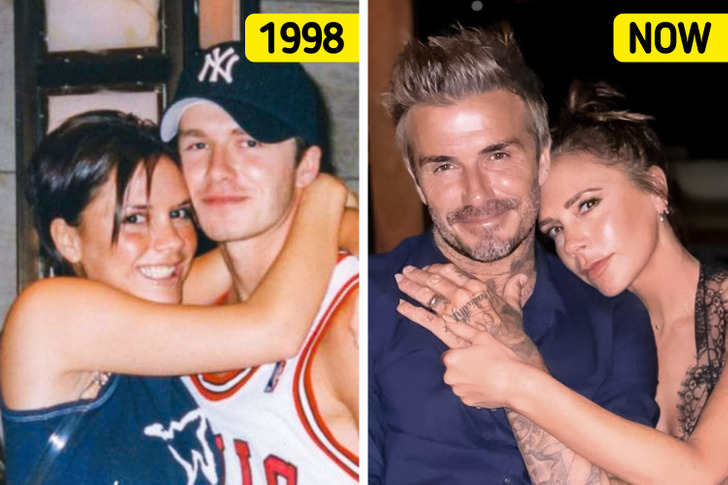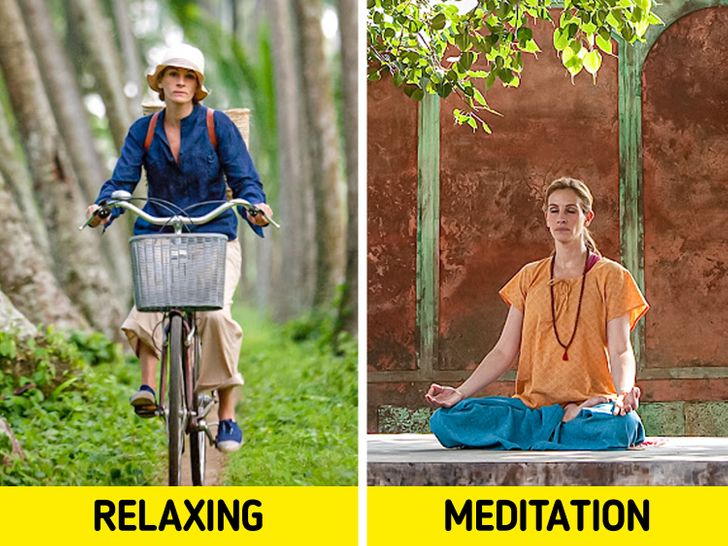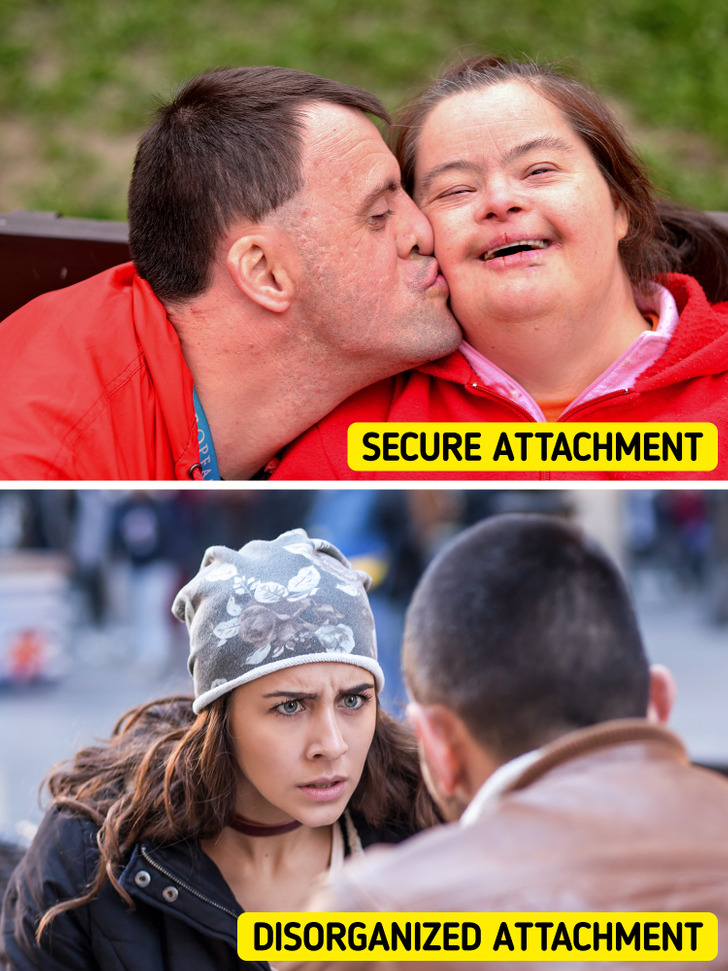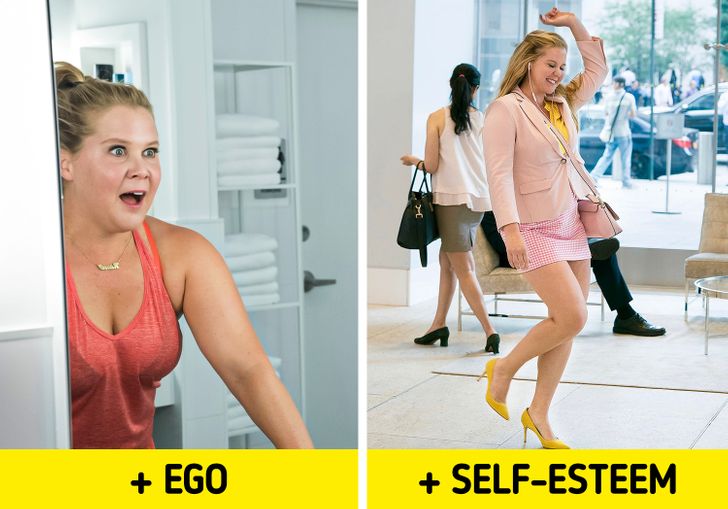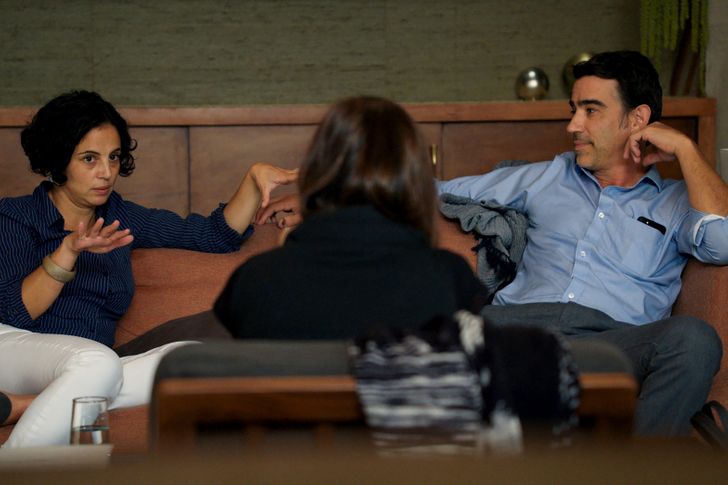Check out my new article on what is law of attraction
Experts Discuss How to Improve Relationships According to Attachment Type
The experiences and emotional attachments we have during our childhood forge the way we relate to others. This is known as attachment. There are different types, which identify specific behaviors and even influence the connection we have in relationships.
Some of the behaviors of the different attachment styles can lead to toxic relationships. But learning from them can help us understand ourselves and establish healthy bonds with others.
At Bright Side, we did some research into what experts recommend to improve these types of attachment styles and promote healthier relationships.
Types of attachment
1. Secure attachment
What distinguishes securely attached people are relationships based on trust and communication. They are not afraid to be authentic and show vulnerability to their partner. Closeness to others doesn’t bother them, and they often openly express their feelings.
The warmth and love they express are natural. They are independent, but that does not prevent them from forming stable bonds. They are characterized by good self-esteem, which makes them understand and accept the small defects of their partner. When faced with conflict, they prefer to face them and solve them in the best way. This makes secure attachment the ideal style for establishing healthy relationships.
2. Anxious attachment
In this type of attachment, the person feels anxious about the relationship. They constantly question whether their partner loves them or is still interested. They prefer to satisfy the other person’s needs rather than their own, which leads to a feeling of unhappiness. They have difficulty being autonomous, so they generate dependent attachments, to the point of invading their partner’s space.
These people feel insecure about themselves. They tend to be manipulative, jealous, or even provoke their partner’s jealousy when they consider that they are distancing themselves. They project negative scenarios about their relationship and have greater difficulty in breaking off romantic relationships.
3. Avoidant attachment
People with the avoidant attachment type are those who don’t seek stable relationships. When they feel that their partner demands more commitment or stressful situations arise, they decide to move away. They don’t show a lot of emotion toward their partner and they don’t like to share their feelings and thoughts.
In this type of attachment, independence is valued more than being close to someone, therefore, they don’t need anyone’s help. Their protection mechanism against vulnerability is high self-esteem. Ironically, in spite of being something positive, it’s deceitful self-esteem with a tendency toward narcissism and a lack of empathy for the feelings of their partner.
4. Disorganized attachment
The situations that occurred in the childhood of these individuals were associated with caregivers acting in an inconsistent manner. Therefore, in their adult life, they have difficulty identifying their emotions and are confused about what others may feel. That’s because the parents were inflicting both fear and reassurance on them.
These people usually have a negative view of themselves and others around them. They have a tendency to self-sabotage, expecting that their love interest or partner will reject them, even if there are no signs pointing to that. They might choose partners that induce fear in them since that’s what they know from their upbringing.
How to turn our attachment into a secure one
Emotion control
You shouldn’t be ashamed or feel guilty if you identify with any of these types of attachments. Remember that the attachment you developed was a means of protection to survive throughout life. This is why it’s important to identify our emotions and learn to control them.
Meditation helps you concentrate on your attachments and recognize them when they interfere with your life. So whenever a fear appears in your head, know that it shouldn’t be there and manage to let it go.
Establish secure attachment relationships.
It’s common for a person with an anxious attachment to seek a relationship with someone with an avoidant attachment. This seems to be a given: the anxious partner who considers themself insufficient joins an avoidant person who, at the slightest conflict, runs away. This results in the reaffirmation of the beliefs of both types of attachment. The latter can be changed through informed therapy.
You’re secure in your own self and are very well aware of your self-worth. You don’t expect a partner to make you feel worthy, but you are happy whenever they turn to you for help and support. And you are not afraid to seek help from your partner and your close friends and family when needed. You also know how to bounce back after you’re encountered a serious drawback.
Don’t forget how much you’re worth.
A big mistake is when the security and love that a partner offers becomes the only source of strength. Love and self-confidence must come from within. Loving and valuing yourself will make for healthier relationships. Every day, don’t forget to remind yourself of how valuable you are. By doing so, your self-esteem will be strengthened.
Go to therapy.
Experts suggest that informed therapy is the best way to help and understand the situations that have marked adult life. It allows people to learn to expand their feelings and better express their emotions. One should not be afraid of change, but know how to handle it.
Therapy may be the best way to establish secure attachment relationships. It may be complicated at first, but with time, you will learn to be more tolerant of yourself and know that despite being in a couple or separated from your partner, you are still a complete person.
How would you help someone change their type of attachment? What actions do you take to remind yourself of how valuable you are? Tell us in the comment section.
Comments
Check out my new article on what is law of attraction
Related Reads
11 Accidental Things That Left Us in Awe

10 Unexpected Signs That Prove You Might Be Smarter Than Other People

12 Wild Stories That Prove Cheating Isn’t For the Faint-Hearted

I Refuse to Split My Inheritance With My Stepbrother—Now My Stepmother Is Using Dirty Tricks Against Me

15 People Who Were Blessed by an Instant Twist of Fate
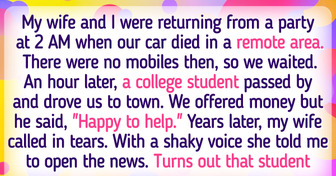
14 Stories About People Who Are Definitely Loved by Lady Luck

I Left My Wife on Our Wedding Night Because of Her Sick Surprise

20 Family Members Who Turned Out to Be Wolves in Sheep's Clothing
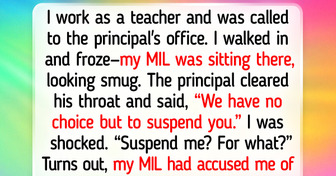
12 Real Stories From People Who Listened to Their Gut Feeling—And It Saved Their Lives

I Will Not Look After My Stepchild During a Romantic Getaway

My Daughter-in-Law’s Shocking Reaction to My Holiday Weight Comment Still Haunts Me

12 True Stories That Prove the Internet Is a Carnival of Surprises

